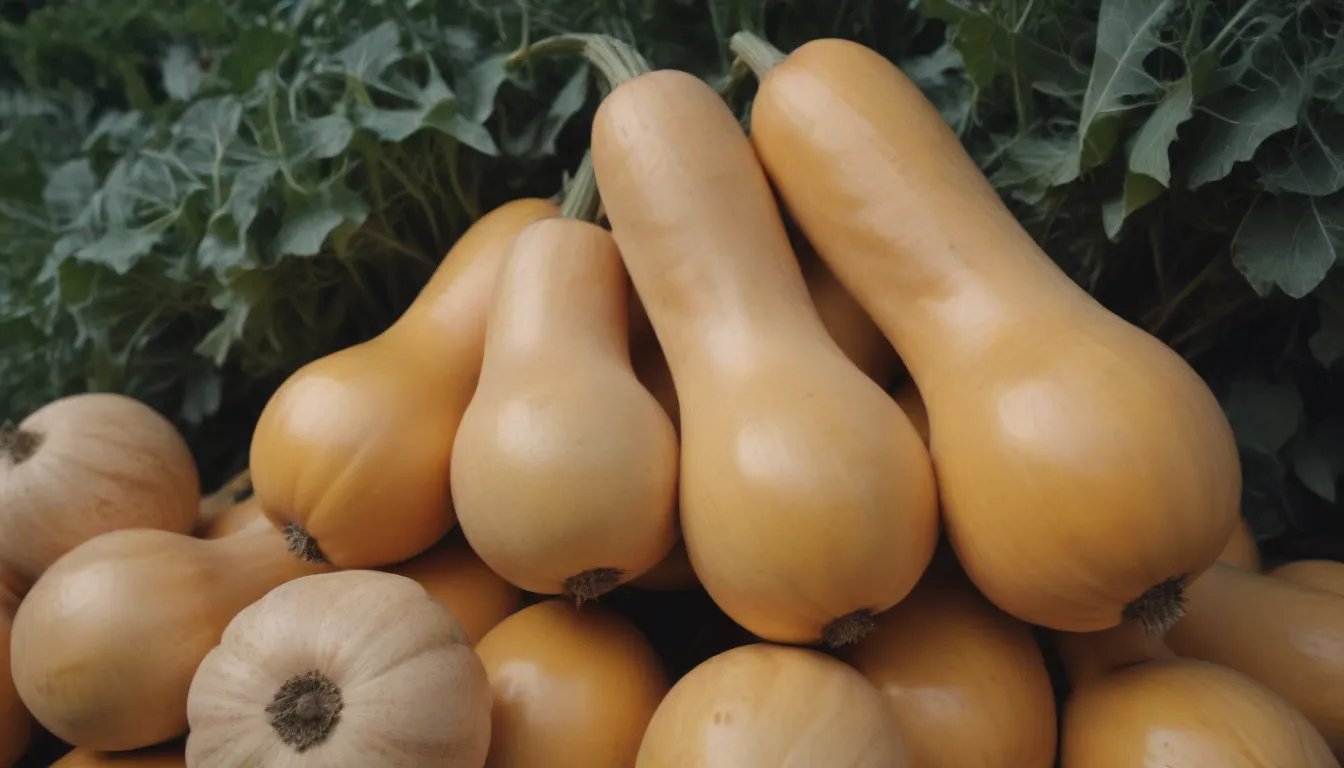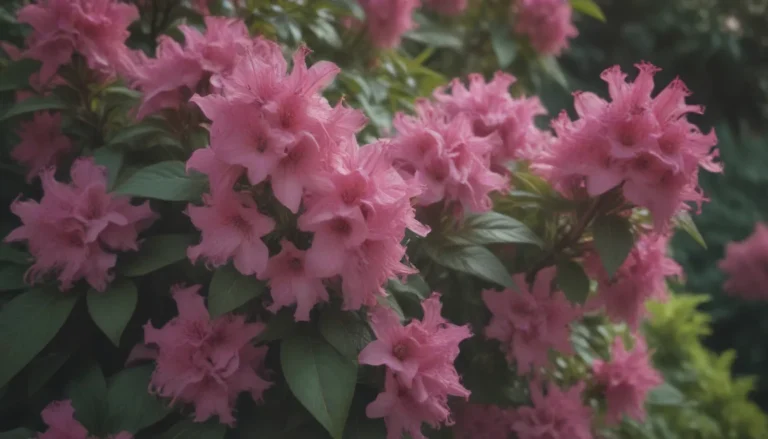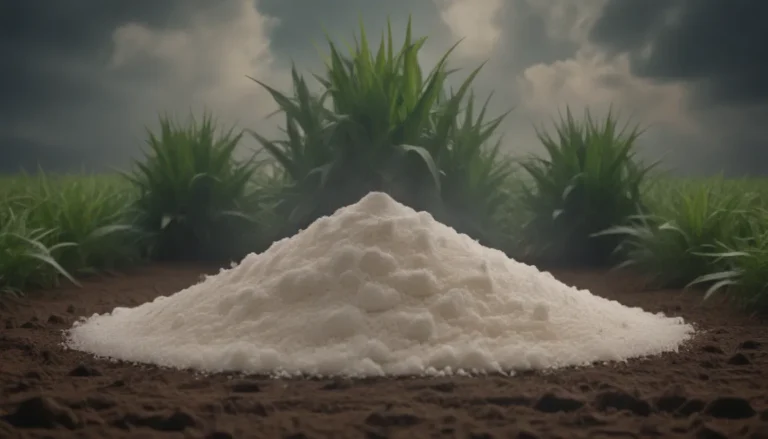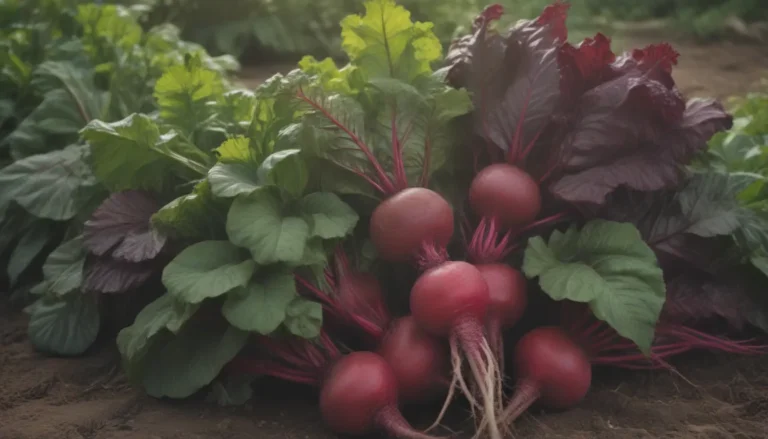Comprehensive Guide on Growing and Caring for Butternut Squash

Butternut squash, a type of winter squash known scientifically as Cucurbita moschata, is a fantastic addition to any garden. Whether you are a seasoned gardener or just starting out, growing butternut squash can be a rewarding experience. With the right care and attention, you can enjoy a bountiful harvest of this nutritious vegetable. In this comprehensive guide, we will walk you through everything you need to know about how to grow and care for butternut squash.
Introduction to Butternut Squash
Butternut squash is a versatile winter squash that can adapt to almost any climate. These plants are annuals that are typically planted in spring, after the last frost of the season. While their vines grow quickly, it may take three to four months from planting time before the fruits are ready to harvest. For those with limited garden space, bush varieties of butternut squash are also available. This plant thrives in full sun and prefers slightly acidic to neutral soil.
Butternut Squash Care Guide
Here are the main care requirements for successfully growing and caring for butternut squash:
Light
- Butternut squash plants require full sun, ideally receiving at least 6 hours of sunlight per day.
- Be cautious not to overheat the plants with excessive sun exposure.
Soil
- The soil should be rich in organic material and have excellent drainage.
- Aim for a slightly acidic to neutral pH range of 5.5 to 7.0 for optimal growth.
Water
- Seedlings must be kept consistently moist and should not be allowed to dry out.
- As the plants mature and the vines expand, they will require increased watering, especially during hot, dry weather.
- Provide at least 1 inch of water per week to meet the plants’ needs.
Fertilizer
- Butternut squash is considered a heavy feeder and benefits from nutrient-rich soil.
- Side dress with organic compost or aged manure during the growing season.
- Additionally, apply compost tea or liquid fertilizer every two to three weeks to promote healthy growth.
Temperature and Humidity
- Butternut squash plants are sensitive to cold temperatures and require soil of at least 70 degrees Fahrenheit for successful germination.
- While they thrive in the sun, it is important to prevent overheating, especially during hot summer days.
- Temporary wilting of leaves in the afternoon is normal and should resolve as temperatures cool down.
Types of Winter Squash
Understanding the different types of squash can help you choose the right varieties for your garden. Winter squash refers to varieties with a hard skin that preserves well when stored in a cool place. Examples of winter squash include butternut squash and Hubbard squash (Cucurbita maxima). In contrast, summer squashes like zucchini squash have a soft, edible skin and perish quickly.
How to Grow Butternut Squash From Seed
Most gardeners start with butternut squash seeds, which can be purchased from various sources. You have the option of starting seeds indoors to jumpstart the season or directly sowing them outdoors after the last frost date. Direct seeding is simpler, while starting seeds indoors is beneficial for regions with shorter summers.
Common Pests & Plant Diseases
Butternut squash plants are susceptible to a few common pests and diseases that can affect their growth:
Common Pests
- Squash bugs can cause browning, wilting, and eventual death of leaves and vines. Remove infected plants promptly to prevent spread.
- Combat squash bugs with a mixture of warm soapy water or choose resistant varieties like ‘Royal Acorn’ and ‘Sweet Cheese.’
- Young seedlings are vulnerable to drought and damage from slugs and snails.
- Japanese beetles may become a problem later in the season. Handpick and dispose of them in soapy water.
Plant Diseases
- Butternut squash plants may suffer from powdery mildew, a fungal disease that affects squash plants.
- Plant disease-resistant varieties, ensure proper spacing, and plant in full sun to prevent powdery mildew.
Common Growing Issues
Address these common issues for a thriving butternut squash crop:
Yellow, Drooping Leaves
- Yellow or drooping leaves can indicate overwatering. Test the soil moisture and adjust watering to achieve a balance.
Fruit Falling Off
- Fruit may fall off due to inadequate growing conditions or poor pollination. Ensure proper sunlight, fertilization, and pollinator plants nearby.
- Harvest butternut squash when the skin turns light beige with bronze highlights for optimal ripeness.
In conclusion, butternut squash is a nutritious and delicious vegetable that can be a great addition to your garden. By following the care tips outlined in this guide, you can successfully grow and harvest your own butternut squash. Enjoy the process of nurturing these plants and reaping the rewards of a bountiful harvest!





